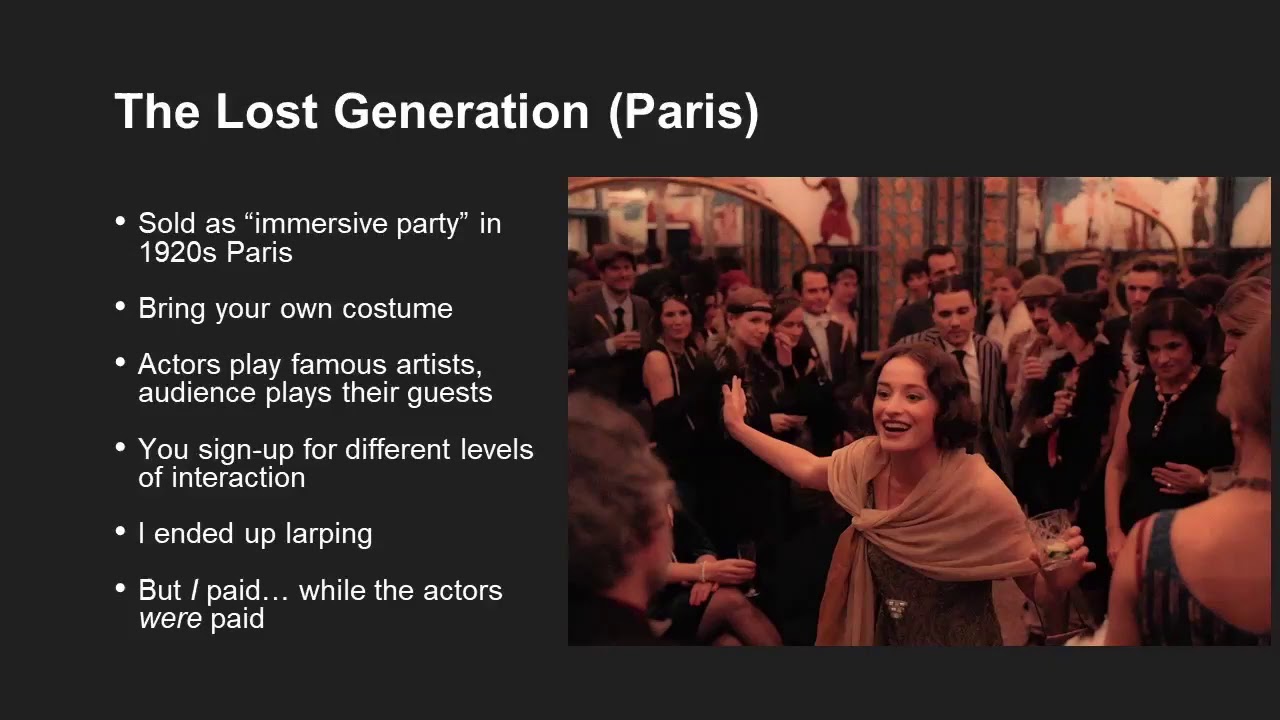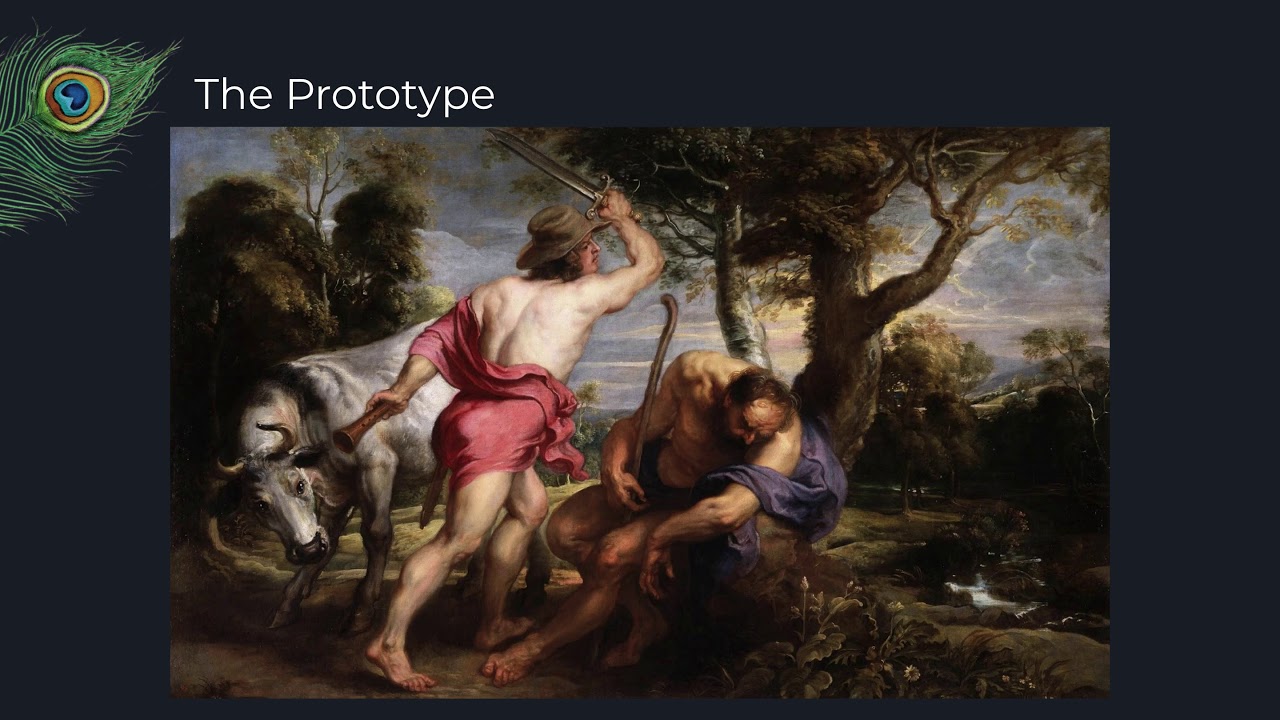Category: Solmukohta 2020
-

Performing Dominant
Dominant characters come in different forms: authority figures (benevolent or not), antagonists, or outright villains. However, each of these figures presents the same challenges: establishing and displaying dominance in a credible manner, managing interactions with dominated characters, and balancing character domination with respect for player agency.
-

Learning from NPCs
Supporting characters tend to accept invitations to play more easily than some player characters (or some players.) This is the most important lesson we can learn from supporting characters: to always find a reason to engage, to initiate play, and to offer other players alibi to engage with you.
-

Beyond the Funny Hat
When larping, players don’t always wear costumes, and even when costumed, a character ought to be more than a funny hat. Here, we offer practical ways to flesh out how a character moves and speaks, in the hope of making it easier for you to do so.
-

Artificial Affluenzas
Playing a super-rich character in a larp probably sounds fun and easy. It is neither, at least not at all times. Centrally, it requires a fine line of balancing, in order to not take the role over the top, but sufficiently close, in order to provide the most optimal playable content to other participants.
-

Ensemble Play
This article draws insights from different ensemble-driven art forms, and demonstrate how ensemble skills facilitate better play in larp.
-

Solmukohta 2020 Summary
Solmukohta 2020, the Finnish edition of the international Nordic larp conference Knutepunkt, is over and you can find all the talks here.
-

Solmukohta 2020: Is Immersive Theatre the Future of Larp?
Thomas B covers some larp-like events. Mélanie & Michael co-wrote The Lost Generation, an immersive theatre party focused on seamless narrative design.
-

Solmukohta 2020: Chris Bergstresser – Peacock – a Global Larp Clearinghouse
A proposal, and a prototype, for a larp clearinghouse named Peacock. It includes standards for larp data and a website to share that information.
-

Solmukohta 2020: 500 Magic Schools for Children and Youth
This panel brings together NGOs, companies and other entities that run magic schools for kids and youth; presenting themselves and their work.
-

Solmukohta 2020: Lindsay Wolgel – Larp/Theatre Crossover in NYC
A talk about the larp/theatre crossovers currently emerging in NYC, based on projects Lindsay has been part of in the past year as a professional actor.